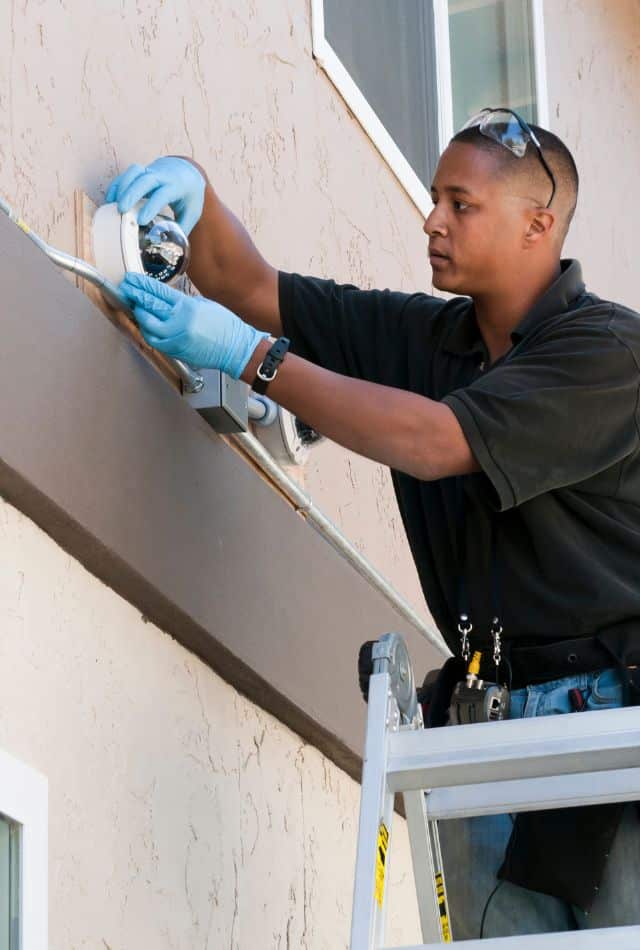When you purchase through links on our site, we may earn an affiliate commission. Here’s how it works.
How Many Security Cameras Do I Need
In the era of smart home monitoring, deciding on the number of security cameras needed can be perplexing. The ideal setup varies based on each home’s layout and security requirements.
While professional installation offers precision, it comes at a premium cost and bypasses the DIY satisfaction of setting up your smart home system.
This guide aims to assist in selecting the most suitable camera configuration for your home.
A Guide to Choosing the Best Security Camera Combination for Homes

How Many Security Cameras Do I Need to Monitor a Home Effectively?
Consider the following factors when choosing your CCTV camera setup:
1) Assess the Building Size
The building’s size offers a preliminary idea of the number of cameras needed. While there’s no formula linking square footage to camera count, larger spaces generally require more surveillance.
2) Consider the Building Layout
The layout significantly influences camera placement and quantity. Simple designs may require fewer cameras, while complex structures with multiple entry points require more comprehensive coverage.
3) Prioritize Key Areas
Identify areas needing heightened security, such as entrances and parking spaces. Conversely, less critical zones like terraces may need minimal surveillance.
4) Camera Capabilities
The choice between rotating and static cameras affects the total number needed. Rotating cameras can cover larger areas, potentially reducing the required units.
5) Budget Constraints
Budget plays a crucial role in determining how many cameras you can afford. Balancing desired features with financial limitations will guide your final decision.
National Averages and Suggestions
The average American home typically employs two to six security cameras. A balanced setup might include:
– One HD camera for the front porch
– One for the garage
– One for the rear door
– One for the backyard
– Two for the sides of the house
Adjustments may be necessary based on specific security concerns and indoor monitoring needs.
Tips for Optimizing Camera Count
If budget constraints limit the number of cameras, consider strategies to use fewer units without compromising coverage. For example, placing cameras at strategic points where one device can cover multiple areas or investing in rotating cameras can be effective solutions.
Conclusion
Assessing your home’s specific needs involves determining the correct number of cameras. While aiming for comprehensive coverage, remember that consulting a professional can offer personalized advice.
See Also
How to Connect Ring Doorbell to Alexa
Best Wireless Doorbell Cameras